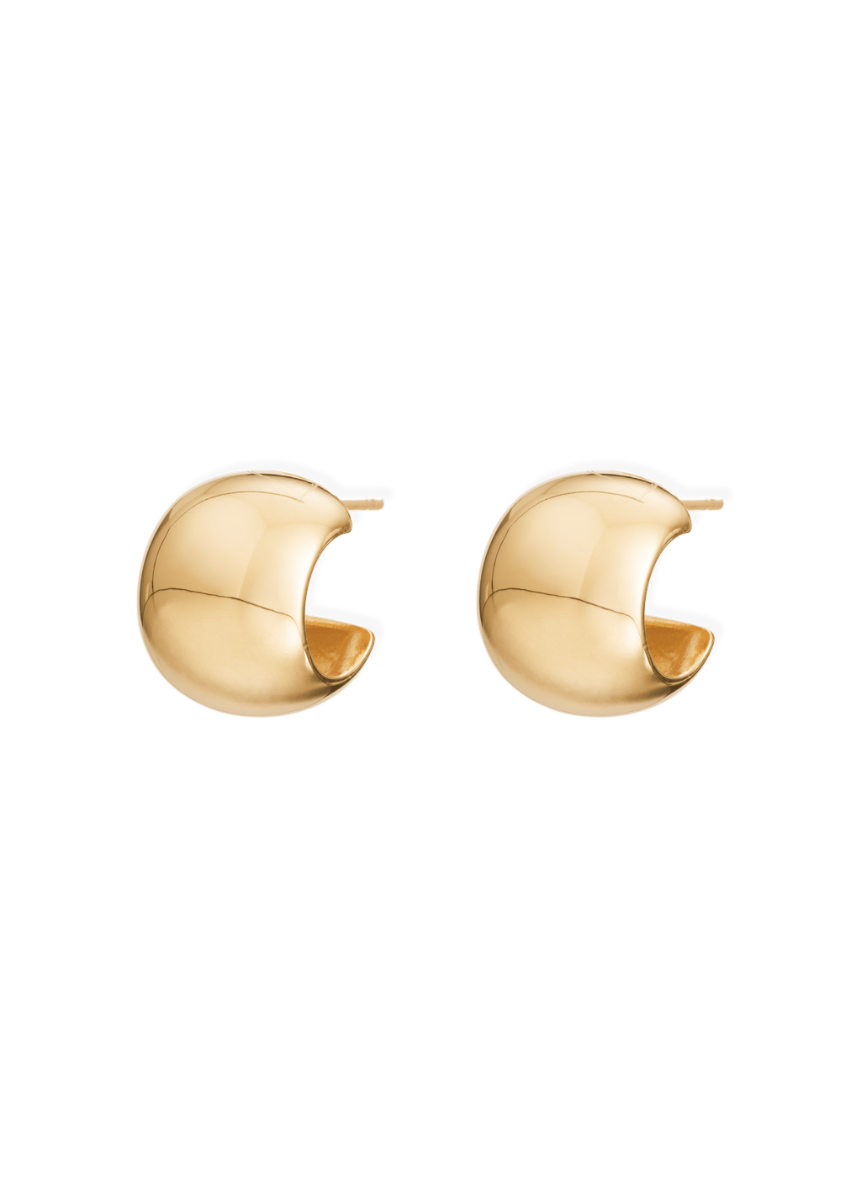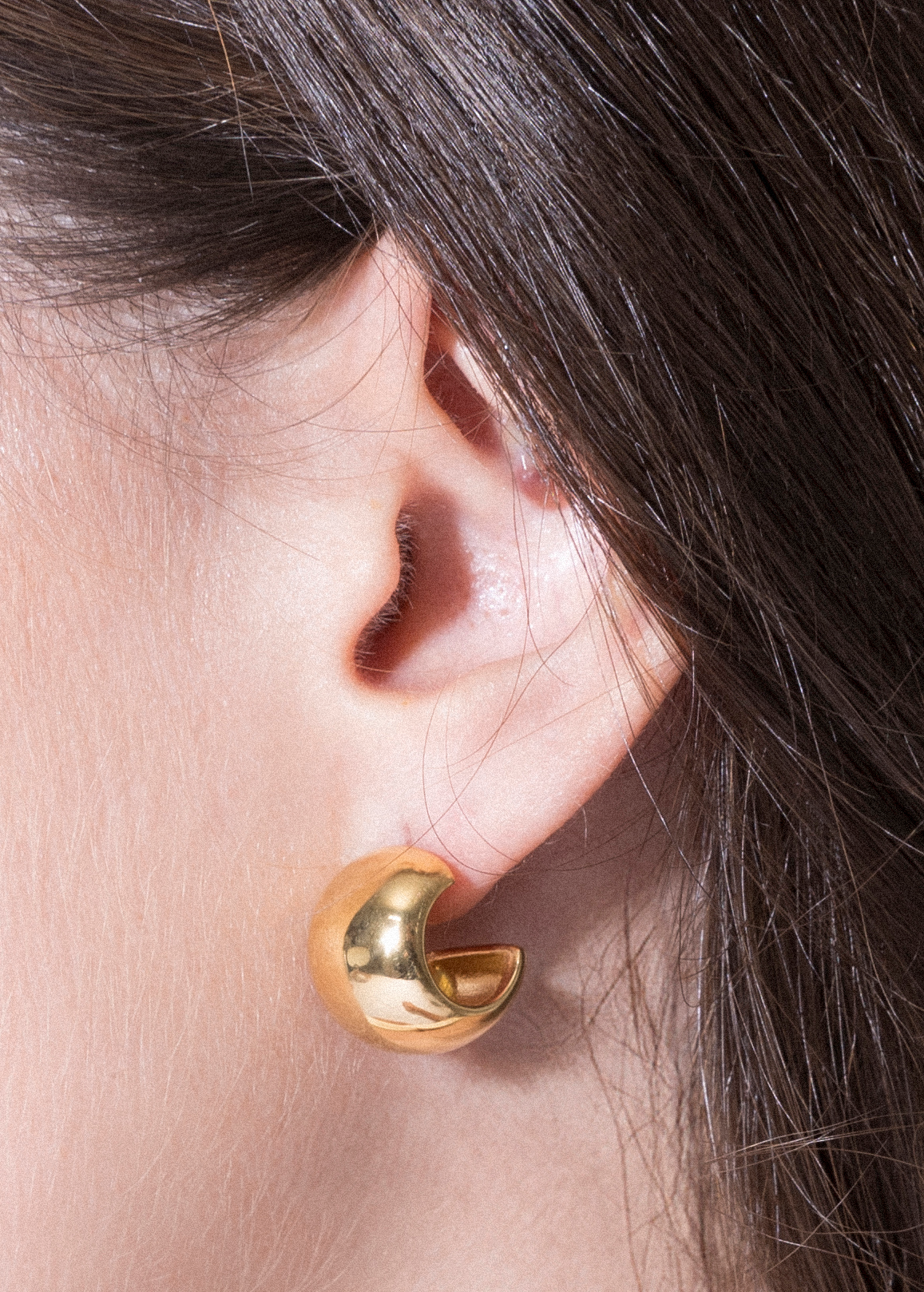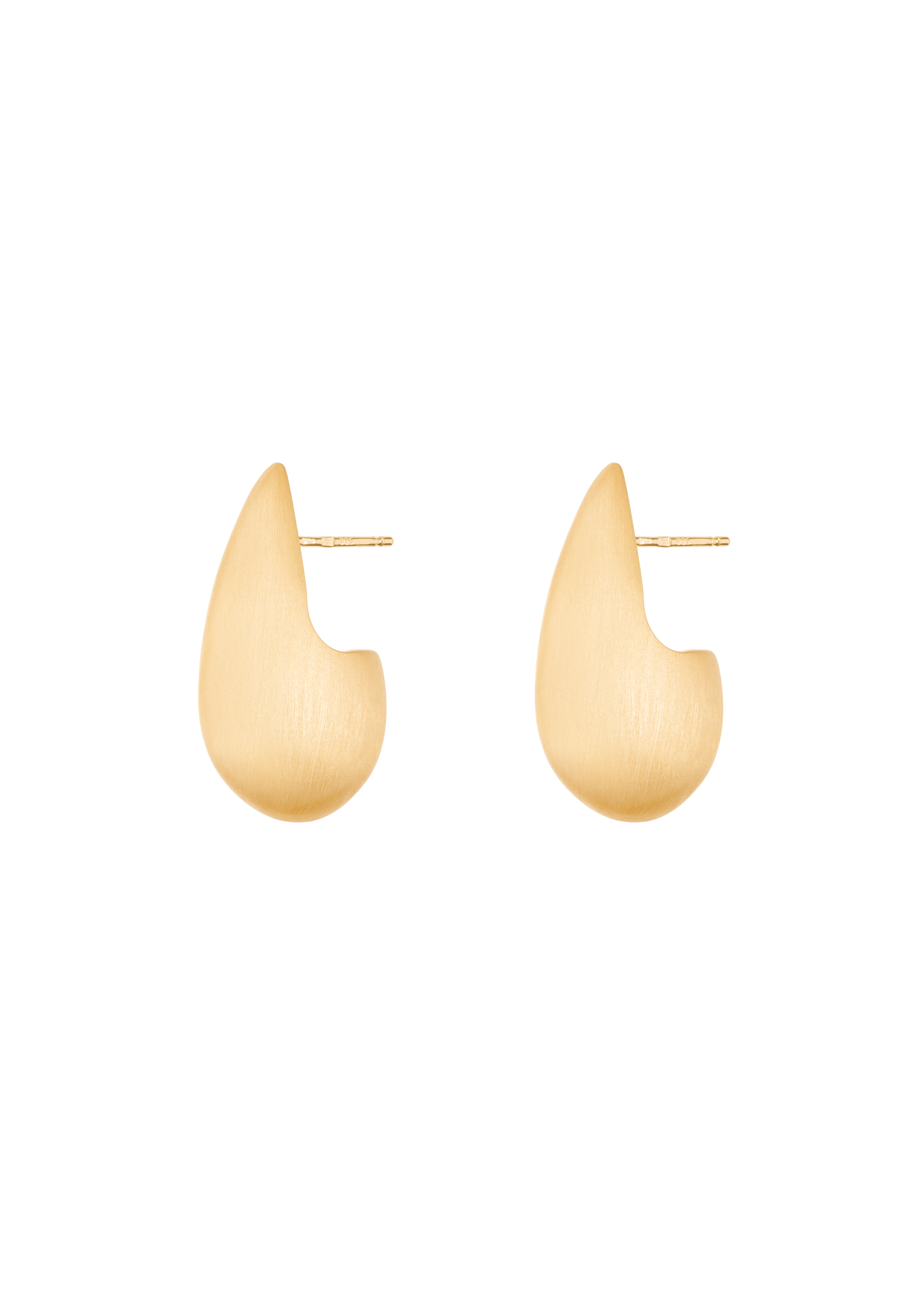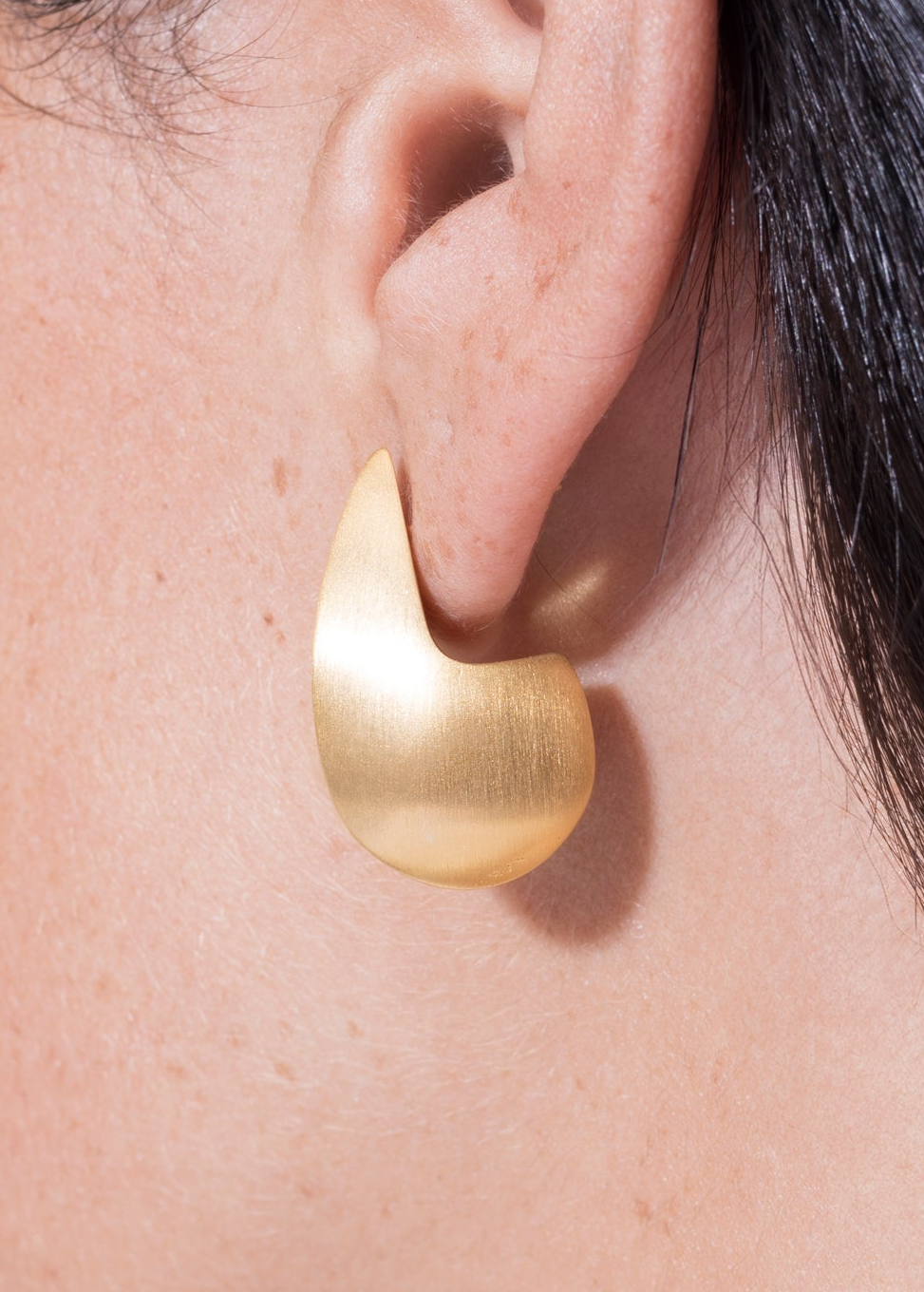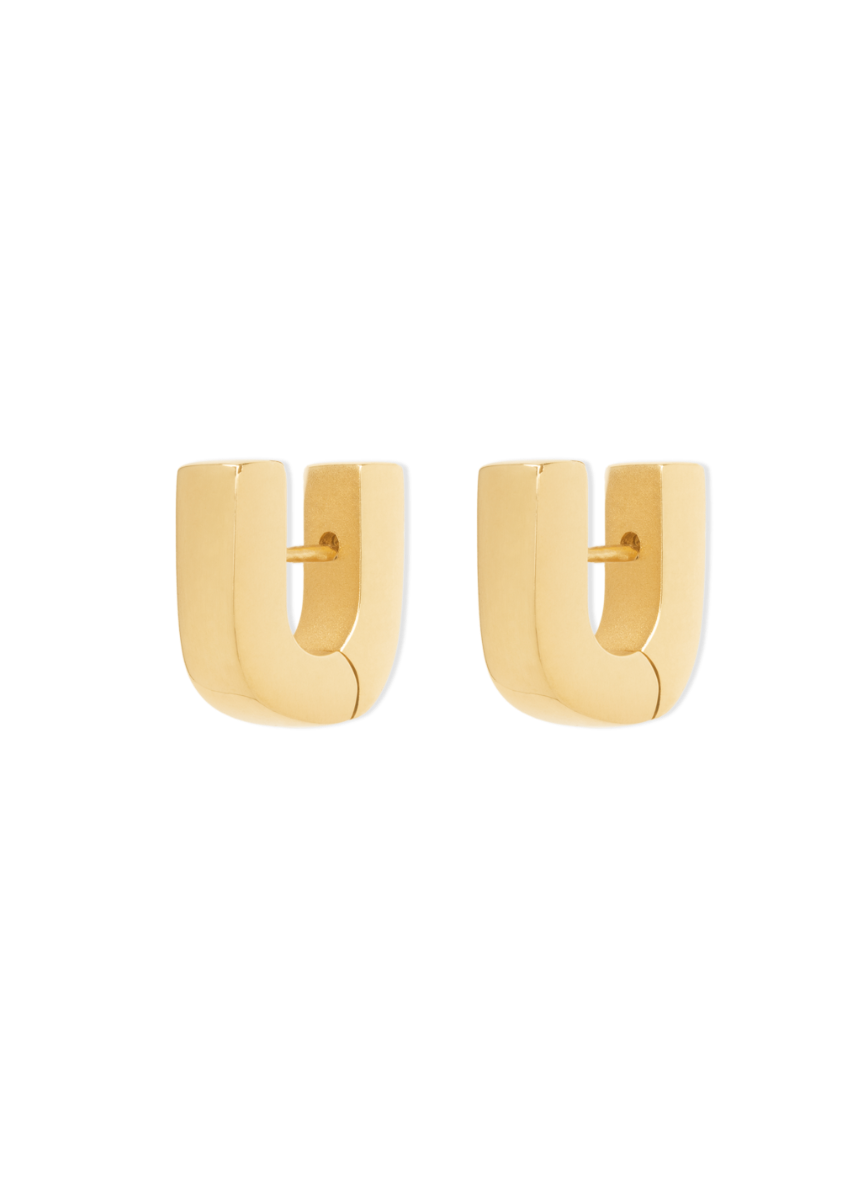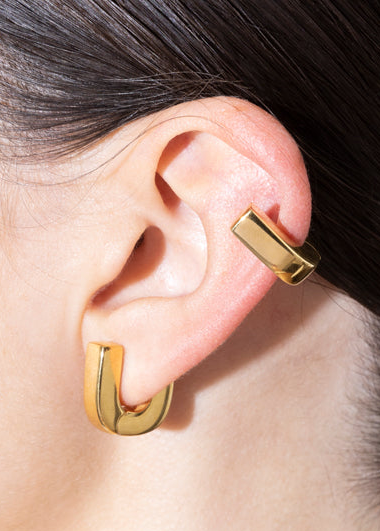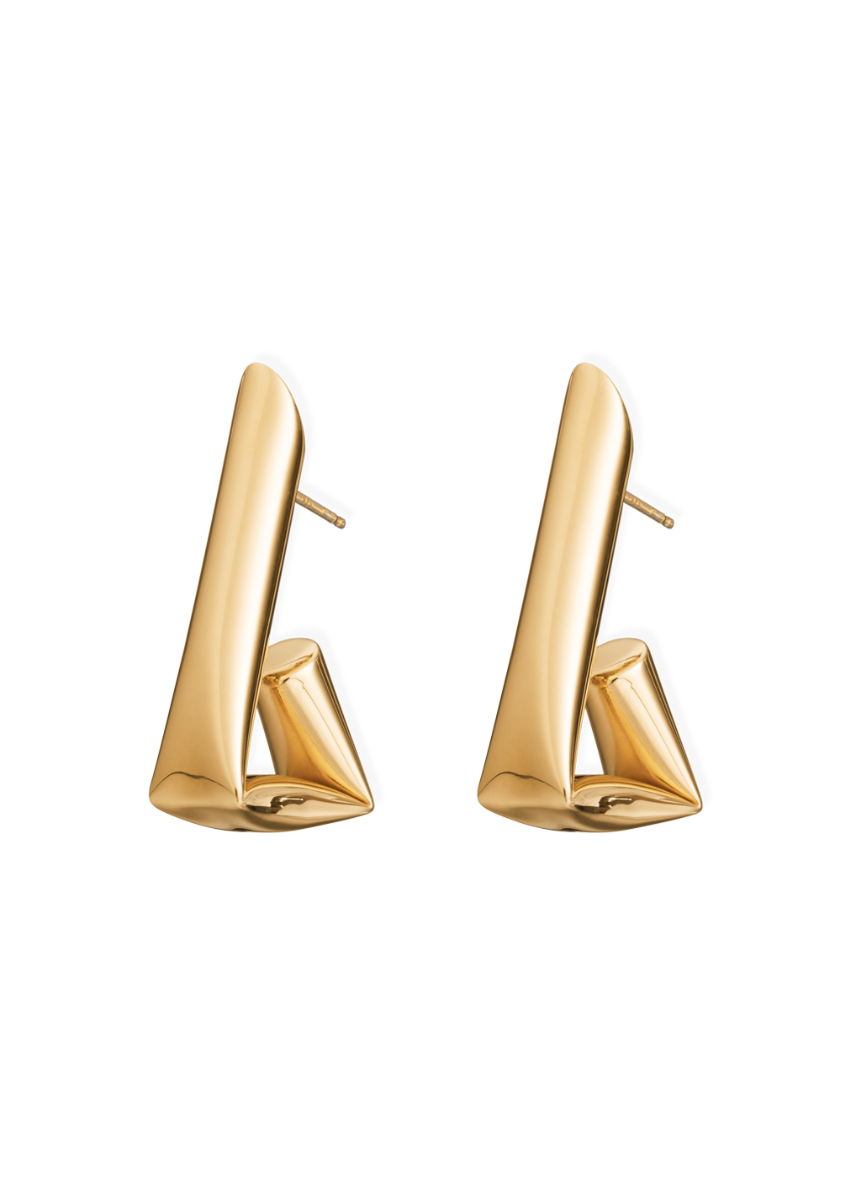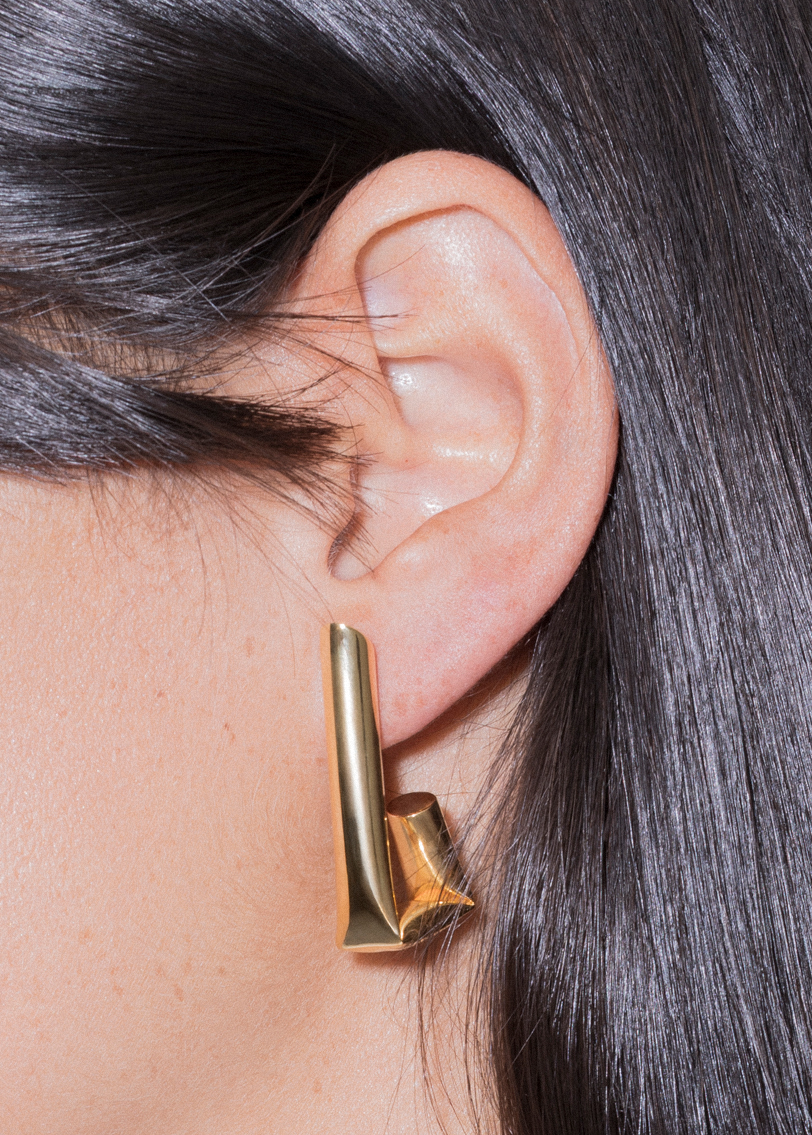luxury fashion brands are navigating a complex landscape in 2024, shaped by the aftershocks of the covid-19 pandemic and significant political and social shifts. these changes have compelled many of these prestigious houses to adopt new measures and redefine strategies with varying degrees of success. the luxury conglomerates have been particularly pressured to diversify their portfolios, investing heavily in sectors like hospitality to immerse consumers in unique experiences. however, several key challenges persist that demand ongoing adaptation and innovation.
SUPPLY CHAIN DISRUPTIONS
price increases have been a reality in these last years for many brands, such as chanel and hermès. this is not only because brands want to reinforce one of the main pillars that define luxury: exclusivity. but also with the supply chain. one of the main challenges the market has faced is the supply chain, both in terms of rising production costs (raw materials and labor) due to the war and covid-19, and in terms of delivery times, which has often meant that the quality of production has decreased and brands have less control over production.
for customers, this has resulted in higher prices and sometimes compromised quality. 
DIGITALIZATION AND ARTIFICIAL INTELLIGENCE
the rapid pace of digital transformation and the integration of artificial intelligence (AI) presents both opportunities and challenges for luxury brands. on the one hand, digital platforms and AI can enhance customer experiences through personalized recommendations, virtual try-ons, and improved customer service. however, implementing these technologies requires substantial investment and can alienate traditional customers who value the tactile and personal aspects of luxury shopping. additionally, maintaining the exclusivity and prestige of luxury brands in a digital space, which is inherently more accessible, poses a significant branding challenge.
COMPETITION FROM INDIE BRANDS
another challenge is this new wave of fashion brands, often referred to as indie brands, disrupting the traditional luxury fashion landscape. these brands appeal to modern consumers by offering greater transparency, high quality, and a closer, more personalized relationship with their audience. they often leverage digital platforms more effectively, creating a more attractive online presence. established luxury brands must find ways to differentiate themselves while adopting some of the transparency and customer engagement strategies that make indie brands appealing.
reformation, ganni, patou, cecilie bahnsen, khaite, jacquemus are some examples of these new wave of brands.
SUSTAINABILITY AND ETHICAL PRACTICES
consumers are increasingly demanding sustainability and ethical practices from the brands they support. luxury fashion houses are under pressure to prove their commitment to environmental and social responsibility.
this entails sourcing sustainable materials, ensuring fair labor practices, and reducing carbon footprints. achieving these goals without compromising the quality and exclusivity that define luxury is a delicate balancing act. furthermore, transparency in these efforts is crucial, as consumers are quick to call out any perceived greenwashing.
EVOLVING CONSUMER EXPECTATIONS
the expectations of luxury consumers are evolving rapidly. today’s consumers are not just looking for high-quality products; they seek unique, personalized experiences that reflect their values and lifestyles.
this shift requires luxury brands to innovate continually and offer more than just products. brands are now expected to provide immersive experiences through exclusive events, bespoke services, or collaborations with artists and other creatives. lots of brands have been investing in the hospitality market creating cafés, restaurants, and even hotels to immerse in their universe creating a memorable experience through all the senses.
some examples of these experiences are the gucci osteria da massimo bottura in florence, prada's marchesi 1824 cafes in milan and london, saint laurent café in paris, la plage casadelmar by casadelmar and louis vuitton in porto-vecchio and maison bulgari hotel in paris meeting these expectations while maintaining a coherent brand identity is a significant challenge.
ECONOMIC UNCERTAINTY
economic volatility remains a constant challenge. inflation, fluctuating exchange rates, and global economic instability can affect consumer spending on luxury goods. during uncertain times, consumers may prioritize essential spending over luxury items, leading to decreased sales. brands must develop strategies to remain attractive and accessible to their high-net-worth clientele while navigating these economic fluctuations.
CONCLUSION
luxury fashion brands are facing challenges that require agility, innovation, and a deep understanding of their evolving market. supply chain disruptions, digital transformation, competition from indie brands, sustainability demands, shifting consumer expectations, and economic uncertainty all play critical roles in shaping the strategies of these prestigious houses.
successfully addressing these challenges will determine which brands can maintain their allure and dominance in the luxury fashion industry.
daniela pedroso, a 25-year-old with an insatiable thirst for life, is a free soul at heart. from a young age, her world has been colored by the vibrant hues of fashion, music, and art. her journey led her to the enchanting streets of paris, where she pursued her dreams and achieved a remarkable 5+ in luxury brand management.
